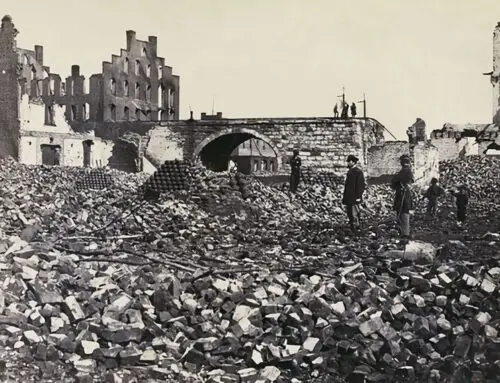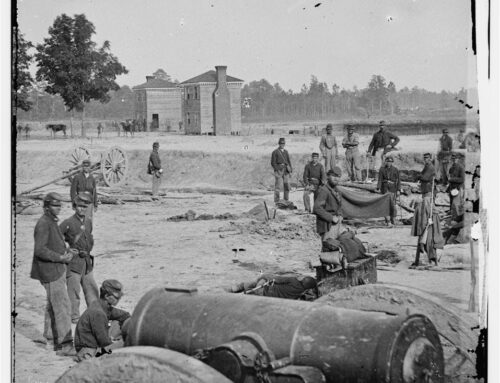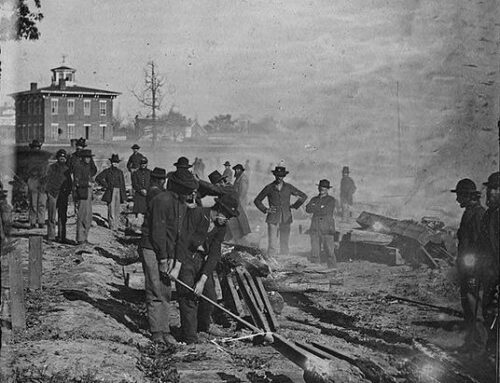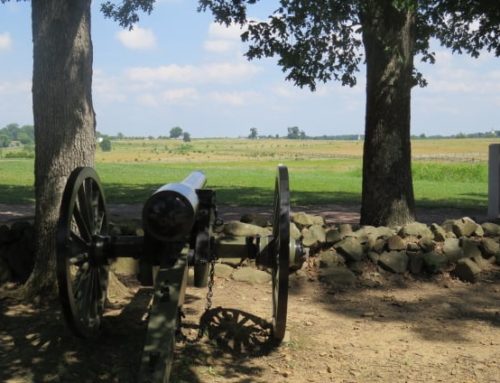June 15, 1864 – June 18, 1864
The second battle of Petersburg followed the end of the battle of Cold Harbor. Gen. Ulysses S. Grant of the Union army slipped away and began crossing the James River. General Lee had positioned his army just outside of Petersburg anticipating the movements of Grant. This time the Union leader was able to outsmart Lee and keep the Rebel leader in the dark of his whereabouts.
An important part to his entire plan that included taking Richmond. Even though the Overland Campaigns goal had been to defeat Lee’s Army of Northern Virginia, Grant changed his directive to Petersburg, an important location that controlled the supplies leading to the Confederate capital of Richmond.
Grant understood that Lee could not adequately protect Richmond if the battle of Petersburg was lost and would have to battle him in the open. He knew from the first assault how the defenses were. If he could lure Lee into the open and force the Rebels to subject themselves to his big Union artillery guns, the win would be assured. Richmond would fall right after Petersburg and the war would be coming to an abrupt end. These were the plans and aspirations of Grant, would they come to fruition? Only time would tell.
Grant chose Butler’s force to lead the mission towards the city. With another three brigades joining the Union general, that brought the total number of troops to 16,000. Upon arriving, the Union army saw the first major problem that they would have to defeat, the Confederate line. The advantage the Confederates had over their Union counterparts was the strength of that line, The Dimmock Line.
The line was a natural barrier and a heavily fortified artillery post over 10 miles long. Beauregard had selected the location because he possessed a low number of actual troops and required the dug in defensive position. Since Beauregard had a scant amount of men available to defend the entire line, he placed 2,200 troops under Henry Wise in the north area, between Redan number 1 on the Appomattox River and Redan number 23, protecting the Norfolk and Petersburg Railroad to the southeast.
This was a fine defensive position that could easily hold off the attacking Union army for weeks. After attacking the city over four days straight, Grant’s opportunity to take the city was lost, although only temporarily. In the end the city fell to the Union army and the goal of Richmond was well in sight.






























